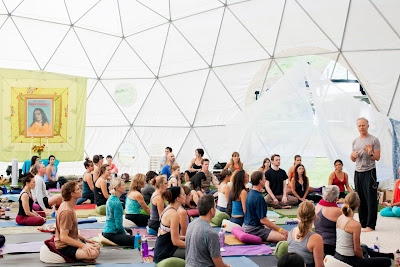 |
| A cup of green tea a day may keep extra pounds away. Photo © istockphoto/Silberkorn |
Maybe. Results from a study conducted by food scientists at Penn State suggest that green tea slows down weight gain and may help prevent obesity on a larger scale. For the study, the scientists fed two groups of mice the same high-fat diet; one group was also fed Epigallocatechin-3-gallate (EGCG) a compound found in most green teas. This group of mice gained weight 45 percent more slowly compared to the other group that was not given EGCG. Further tests showed that EGCG appeared to reduce the body’s ability to absorb fat as well as enhance its ability to use it.
What’s the takeaway for people? According to the scientists, a person would need to drink ten cups of green tea each day to match the amount of EGCG used in the study. However, related studies show that drinking one or more cups of green tea a day can have a similar effect, especially when combined with a balanced diet and exercise. So counteract the holiday revelry with a cup of green tea—and get a head start on your New Year’s weight loss resolution.
Read more about the study here.































